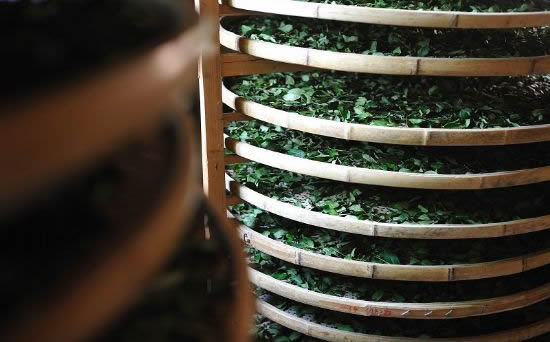When it comes to tea, terms like full fermentation, semi-fermentation, and light fermentation are often used. But is this the same fermentation as in common fermented foods like yogurt, wine, and vinegar? How do they differ? Let’s explore the concept of tea fermentation.

What is Fermentation?
Generally, fermentation refers to the breakdown of organic matter by living organisms. While humans have long observed fermentation, its true nature has only been understood in the last 200 years. In microbiology, fermentation is strictly defined as the oxidation and degradation of organic compounds by organisms, releasing energy in the process.
Industrial fermentation—Industrial production broadly refers to any microbial activity-driven manufacturing process as fermentation, such as beer brewing or monosodium glutamate production. Fermented foods—These are foods processed using beneficial microorganisms, resulting in unique flavors, such as yogurt, cheese, rice wine, pickles, soy sauce, vinegar, fermented beans, rice wine, beer, and wine.
Tea Fermentation—Enzymatic Oxidation
It’s often said that Chinese tea is classified into six major types based on fermentation levels and production methods. However, in the context of Chinese tea, the term "fermentation" differs entirely from microbial fermentation. In tea processing, the same green leaf can be turned into green tea, black tea, or oolong tea by controlling enzymatic oxidation—a process inaccurately called "fermentation." This is more accurately a series of enzyme-driven reactions, better termed "biological oxidation." Tea oxidation occurs when cell walls are damaged, allowing oxidative enzymes to catalyze the oxidation of catechins.
In tea cells, catechins are found in the cell fluid, while oxidative enzymes reside mainly in cell walls, not in microorganisms. This explains why fermented teas require rolling—to break cell walls. The degree of polyphenol oxidation determines whether a tea is fully fermented, semi-fermented, or lightly fermented. For example, black tea undergoes near-complete polyphenol oxidation (full fermentation), while oolong tea oxidizes about halfway (semi-fermentation).
In black tea production, fermentation oxidizes catechins, turning the leaves from green to coppery red and creating the tea’s distinct color. When vacuole membranes are damaged, polyphenols and amino acids oxidize, chemically transforming some compounds to develop black tea’s unique aroma and taste.
This is the basic meaning of fermentation in Chinese tea. However, due to the diversity of tea types and processing methods, some teas involve microbial activity beyond enzymatic oxidation. For instance, Pu-erh tea’s post-fermentation includes microbial participation, with species like Aspergillus niger, Aspergillus oryzae, Rhizopus, and yeast playing roles. Despite this, it’s essential to distinguish between microbial fermentation and enzymatic oxidation—confusing the two can lead to misunderstandings about tea quality formation.